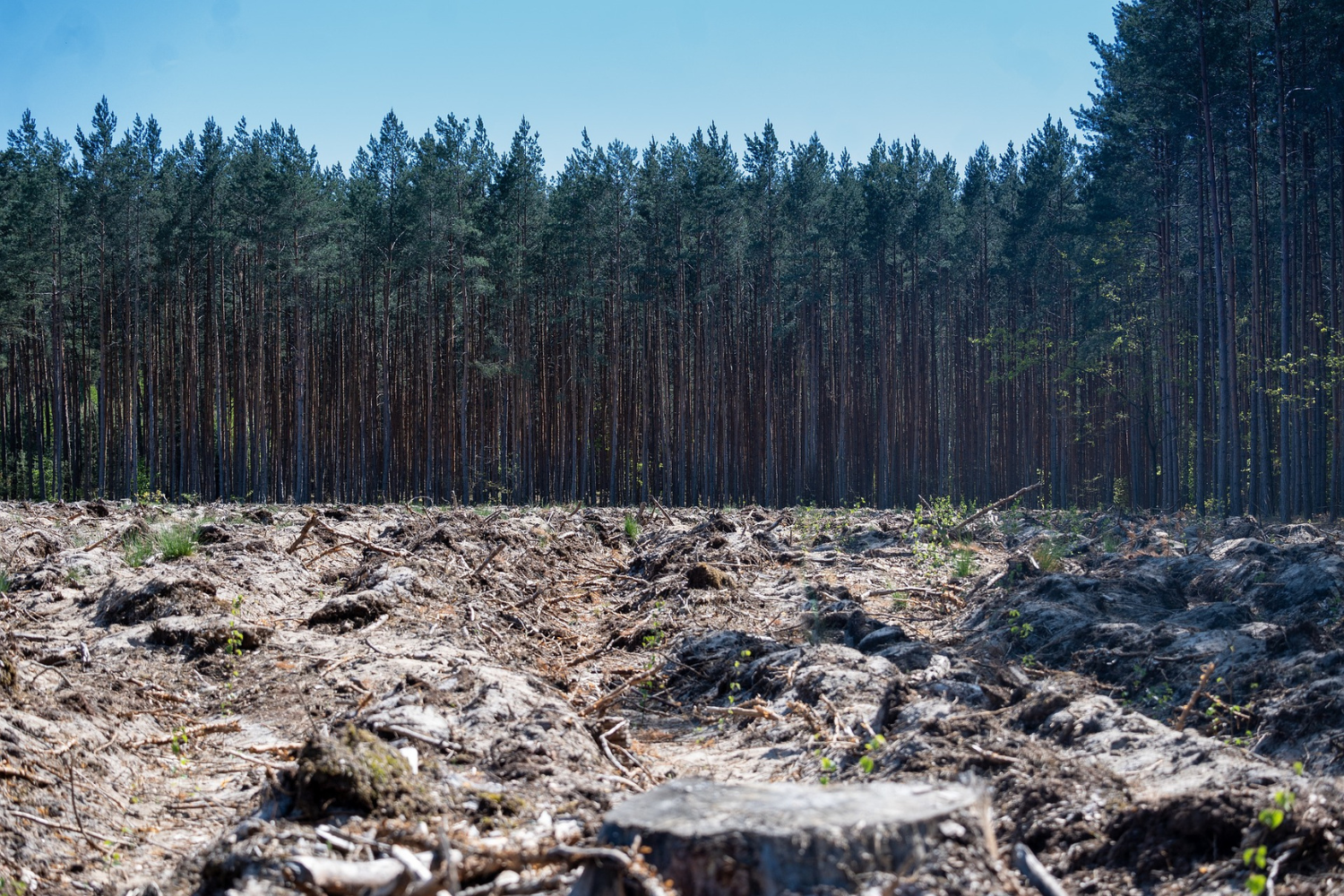Reforestation Schemes are not Enough to Recover the Carbon Created by Harvesting Wood, Research Suggests

Image by Bazela on Pixabay.
Forests have a critical role to play in capturing and storing carbon from the Earth’s atmosphere – but some models exaggerate their carbon removal potential by almost three-fold, according to a leading professor of forest economics.
Global Forest Carbon: Policy, Economics and Finance by Runsheng Yin from Michigan State University emphasizes the value of nature-based solutions to the climate crisis but calls for significant changes to the way carbon credits from reforestation, afforestation, and improved forest management are calculated. He has found that current modeling of local smallholding forestation sites is not compatible with the internationally agreed Paris Agreement.
“Companies worldwide are investing heavily in reforestation strategies, and while vital this is not going to be enough to remove the amount of carbon created in making timber, and the results won’t be quick enough to counteract the carbon output created by cutting down the trees in the first place,” Yin explains.
More accountability needed
The global expert in forest economics is calling for more rigorous accounting and assessments for local forest carbon storage and sequestration schemes. This will include properly considering what happens to the timber after it has been logged and calculating how long the carbon stored in the resulting wood products will last before returning to the atmosphere. He recommends the creation of intermediary agencies to aggregate the contributions of local smallholders. And he asks that the process is managed coherently at national and international levels so it can have greatest impact.
Reducing the amount of carbon dioxide in the atmosphere is critical to tackling climate change as increasing levels of greenhouse gases in the air and ocean is causing temperatures to spike, sea-levels to rise and weather to become dangerously unpredictable and extreme. The international Paris Agreement in 2015 saw nations pledge to take action to try to limit global warming to 1.5 degrees Celsius.
“Nations, corporations and individuals are turning to nature-based solutions to try to offset their greenhouse emissions. As the practice becomes increasingly monetized, it is crucial that the accounting is done accurately,” Yin warns.
“The climate crisis is heightening, with 2023 representing the warmest year on record. The 1.5 degrees warming limit as set out in the Paris Agreement is perilously close to being breached. Nature-based solutions have an important role to play in helping us stem the worst impacts of climate change – but rigorously assessed methods to reliably offset and reduce greenhouse gas emissions could not be more urgent.”
What does the research show?
Yin analyzed an intensively-managed pine plantation in the South of the United States and found that the amount of carbon offset credits a landowner can take was exaggerated by a factor of at least 2.76. Yin’s empirical research indicates that this finding could be representative of the entire forestation sector. The central problem is that previous modeling has not examined fully what happens to the timber after the trees have been logged. Yin found that the amount of time it takes for carbon to return to the atmosphere after logging varies according to the different wood products created – such as furniture, plywood or paper. Each will degrade at different rates, but for carbon credits to be of value the carbon needs to be stored long enough to be classed as ‘permanent’. On the other hand, Yin noted that it can also be problematic to keep forest systems intact for the sake of storing carbon, as suggested by some analysts, with reduced or even halted timber production given the tremendous holding costs and the opportunities of using wood to substitute for products based on fossil energies or non-renewable materials.
Yin explained: “Properly accounted for, forest carbon offsetting is important and deserves to be seriously promoted and financially rewarded. But my research shows that its potential may not be as great as some analysts have claimed. That’s because existing studies have largely failed to conform to the accounting principles of the Paris Agreement, treat timber and carbon as joint products appropriately, and consider how long each of the resulting wood products will store its carbon.”
“Local schemes to offset carbon are critical but they must be nested within overarching jurisdictional approaches, led by governments, and in line with their international climate pledges.”
Dr Runsheng Yin has published over ninety peer-reviewed papers and served as an editor-in-chief for the international journal of Forest Policy and Economics. Over the past three decades, he has conducted research projects evaluating ecosystem restoration programs, analyzing forest tenure reforms, accounting for and assessment of forest carbon, and exploring rural sustainable development.